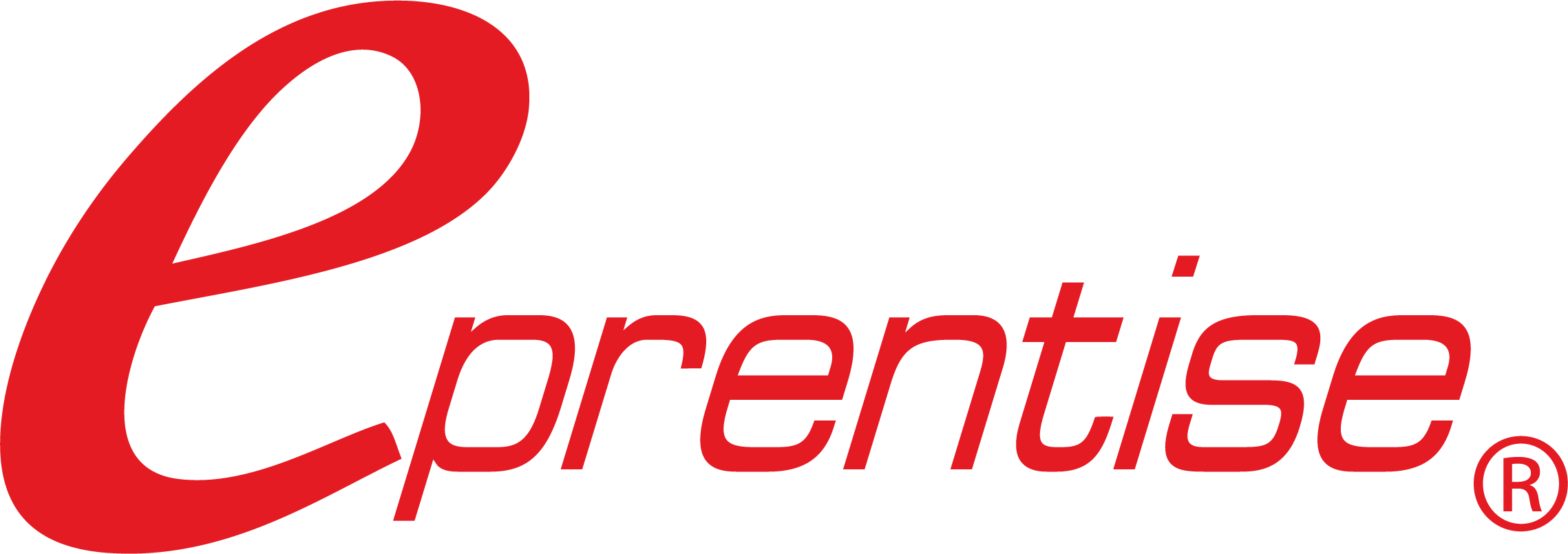Despite the inevitability of change, the resistance to it is so pervasive that it has inspired numerous publications and an entire industry of change management experts dedicated to overcoming it. The inability to change is certainly seen as a major flaw in business, resulting in the call for agile management, agile IT, and agile thinking. Yet, despite the dread with which many organizations face change, change can itself be used for strategic advantage. In particular, as we deal with the impact of economic downturns and new norms for working, we must be ready to embrace inevitable change.
Many changes drive business growth, such as:
- Mergers & Acquisitions and Divestitures
- The addition of a major new customer
- Disasters and other events that bring new market demands and opportunities
- Expanding / global markets
- Changing enterprise boundaries
Thriving through growth and change does take agility – which McKinsey and Company defines as “the ability of an organization to renew itself, adapt, change quickly, and succeed in a rapidly changing, ambiguous, turbulent environment.” (De Smet, 2018). Agility can be seen at the root of other qualities demonstrated by successful businesses:
- Innovation – the ability to think flexibly enough to perceive and respond to emerging opportunities
- Sustainability – the ability to not only explore emerging opportunities but to reconfigure the business as needed to exploit them
- Resilience – the ability to rebound quickly from a setback
- Focus on core competencies
Enterprise agility is a major determinant for managing and maintaining the network relationship. Companies with superior agility are better able to exploit the mechanism of network structure for rapid and flexible access to critical and valuable resources, capabilities, and information to improve their competitive edge and performance.
Having strong enterprise agility is crucial for managing and maintaining network relationships. Businesses that are more agile can effectively use the network structure to quickly and flexibly access important resources, capabilities, and information to improve their competitive advantage and performance.
Another implication is that the value of a business should not only come from accessing external resources, but also from enhancing its agility. While external resources can complement a company’s own resources and capabilities, having a flexible structure can help the company adapt to unexpected changes and gain a competitive advantage. Therefore, organizations need to prioritize developing and maintaining a strong structure that can provide benefits from both external resource access and agility in responding to unexpected changes. It is crucial to build both a robust structure and enterprise agility as they can work together synergistically to contribute to the growth and success of the business.
IT as an Agility Enabler
Business agility largely depends on agile, integrated information systems. The ability to utilize business-to-business (B2B) developments depends on the ability to extend trusted data to suppliers and customers, which in turn requires clean, consistent, semantic interpretation of master data. Quality information provides the foundation for growth. It is very difficult to grow and change if there is not a good, solid basis, including a well-designed IT infrastructure and good data practices.
For IT to enable growth and agility, it must be:
- Accountable – with clear visibility into transaction histories everywhere in the organization it is needed – and compliant with regulatory requirements
- Flexible – easy to change in response to new processes, markets, and channels
- Reliable – based on good data quality, trusted sources, and managed complexity
A 2019 article from McKinsey posited that ERP agility has a wide range of tangible and intangible benefits including 10% program cost reductions, 20% program value increase, the ability to compress three times more workload into a given period through greater parallelization of functional teams, wider adoption of the solution by end users, and increased team morale.
IT as an Agility Inhibitor
The hasty implementation of new technologies can leave companies without fully integrated systems, thereby limiting the ability to make business changes which are necessary to take advantage of the technology. This often results in costly IT complexity and disappointment with the ability of IT to deliver promised benefits. The conflicting constraints in large software systems such as Enterprise Resource Planning (ERP) packages can result in a level of complexity that makes change nearly impossible. Redundant applications, spaghetti networks, and information “silos” further increase the complexity and rigidity.
In “Enterprise Agility: Why is Transformation so Hard?” (Korvonen, Sharp and Barroca, 2018) the research found that the prevalence of bureaucracy and organizational silos are often contradictory to agile principles and values. The case study results identify transformation challenges based on observations from a five-month research period. Findings indicate that increased focus on organizational culture and leveraging of both bottom-up innovation and supportive top-down leadership activities could enhance the likelihood of a successful transformation.
Designing IT for agility and growth remains a significant challenge because information is growing exponentially. Now, more than ever, companies need to focus on making smart IT changes, which reduce silos and allow for consistent data, to help move forward into an ever-changing future.







40 thoughts on “Change as a Growth Enabler”
I’ve recently started using [url=https://elevateright.com/product/full-spectrum-cbd-gummies/ ]cbd full spectrum gummies[/url] , and they’ve exceeded my expectations. From Delta 8 products to HHC products, the benefits are undeniable. They forbear modify stress, improve sleep, and even ease minor aches. What I weakness most is that they’re standard and don’t leave me sympathies groggy or off of it. The rank of hemp products makes a monumental difference, so I perpetually look looking for trusted brands. Whether you’re restored to hemp or experienced, these products are a game-changer for inclusive wellness.
I’ve recently started using [url=https://elevateright.com/delta-8-carts/ ]delta 8 carts[/url] , and they’ve exceeded my expectations. From Delta 8 products to HHC products, the benefits are undeniable. They forbear reduce emphasis, recondition slumber, and even expedite penny-ante aches. What I weakness most is that they’re natural and don’t get away me sympathies numb or off of it. The value of hemp products makes a prodigious difference, so I unceasingly look looking for trusted brands. Whether you’re restored to hemp or au fait, these products are a game-changer pro inclusive wellness.
Wg0KF0QeDYd
o1uKkgD4t0U
5BdXIDQobSv
BV5RdEyk6TW
hjRDoHiA3Ch
LyVSF85TQSM
sWo2kNqxsWN
4V3FSoTDzkc
9skW550p6De
HcLiu09vCh4
Ic6hpNVzawT
sgpS3y7ZIcw
nhfrlSAw10M
qLCsFh2WUYj
iSDAplLaVoW
61D6jsZm2iN
6bm59pSF5tQ
IWUY3OrDvbX
MsAWjUFGdLG
eGSM3TvwQov
5LShLY0MqVB
43St8Q1SEK0
X1bmdR1s6G4
BSj8C63SgmF
5S9Frd6NrSd
2G7l0zpE8Yo
FbIYg9zFV4f
1zKY5yQtCBB
h7TSpPjYbZV
0OPkth20ga7
TQYw5sviWsi
9fc2E3JtEcE
RGoqgMwGt4J
dQ3eTm8mP20
5IuNSPgTLc3
Ge4rsdOYtzW
I’ve recently started using https://elevateright.com/delta-11-gummies/ , and they’ve exceeded my expectations. From Delta 8 products to HHC products, the benefits are undeniable. They help restrict emphasis, improve sleep, and unvaried expedite slight aches. What I weakness most is that they’re natural and don’t commit me intuition groggy or elsewhere of it. The dignity of hemp products makes a prodigious imbalance, so I always look benefit of trusted brands. Whether you’re brand-new to hemp or experienced, these products are a game-changer pro inclusive wellness.
I’ve recently started using https://elevateright.com/delta-8-flower/ , and they’ve exceeded my expectations. From Delta 8 products to HHC products, the benefits are undeniable. They help modify urgency, recondition catnap, and unvaried ease minor aches. What I ardour most is that they’re non-chemical and don’t leave me idea numb or elsewhere of it. The dignity of hemp products makes a prodigious imbalance, so I always look in the course of trusted brands. Whether you’re restored to hemp or experienced, these products are a game-changer pro inclusive wellness.